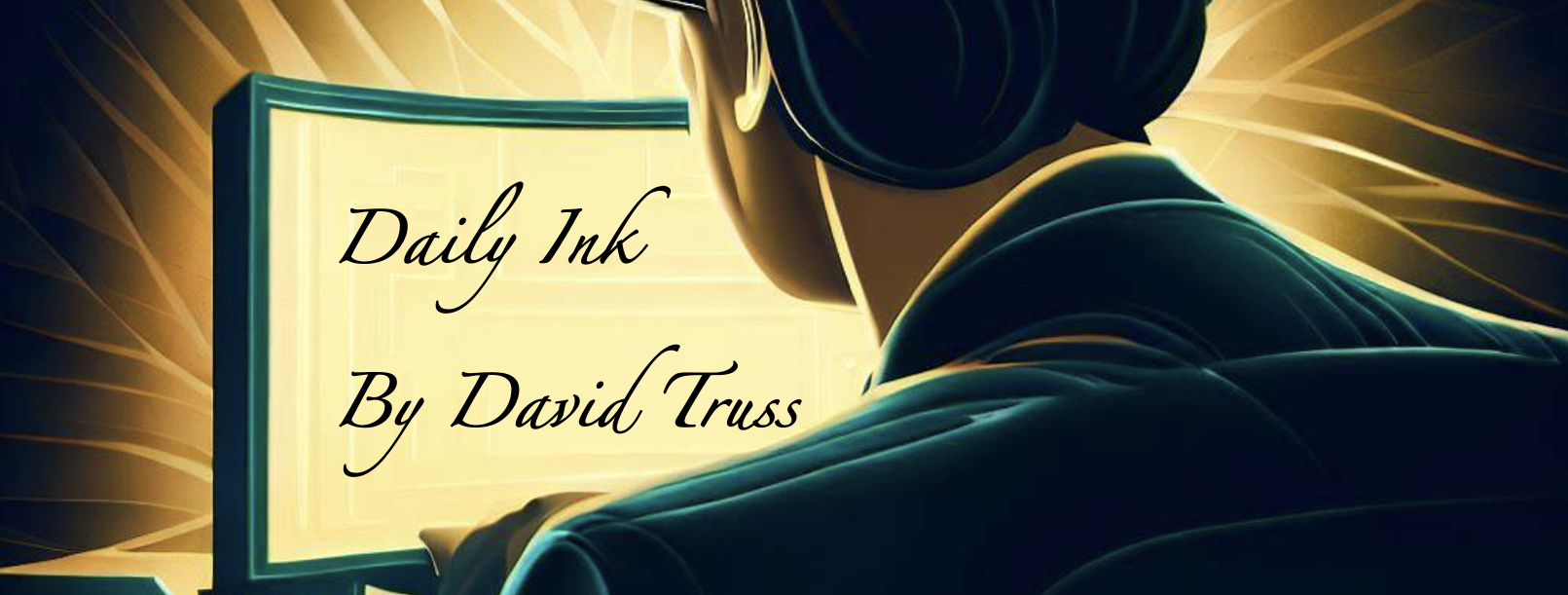Tonight, at the Inquiry Hub grad, will be the first time in a few years where I’m going to be talking to a live audience larger than a classroom. This is just another example of things going back to normal… except in 2019, when I spoke it was to an audience of most of the students and parents from our school. This year we only invited the grads and their parents, not the whole community.
The reason for the bigger audience in 2019 is that our grad isn’t just a grad, it’s an annual celebration with awards and we used to invite everyone. But the school was smaller and in 2020 we were planning to move to a bigger venue before the pandemic cancelled the big event. For 2022, after 2 years of grads crossing the stage individually with just their family in the audience, we chose this year to host only the grads at this event and to stream the event live for everyone else.
This is probably something we’ll do from now on. Times change. Traditions change. What’s ‘normal’ changes. That’s the theme of my speech, that normal changes, and this could be a good thing. We don’t have to go back to what used to be pre-pandemic. We can change things up, make things better, blend old and new.
When my family moved to China it was a major culture shock. Things changed for us drastically, and we adapted. When we returned from China, that was a really stressful point in my marriage. My wife and I fell back into old habits, but we weren’t the same people anymore. It was a major adjustment and a lot of work to create a new connection and relationship that wasn’t just the version from two years previous.
This is an exciting time to be living in, we’ve just had a very foreign two year experience, and now we’ve got to decide what do we keep from the pre-pandemic experience, and what do we change, for the better, thanks to living through the pandemic experience?
What’s the new normal that’s better than the old normal?











